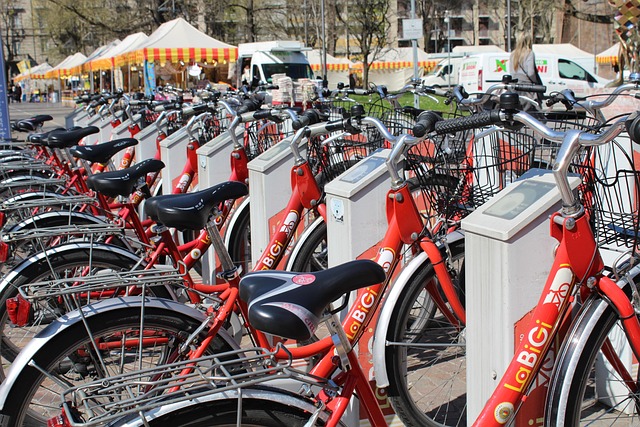Revolutionizing Rural Mobility: Integration Strategies for Improved Access
In the vast expanse of our countryside, where the horizons stretch endlessly, the question of access becomes paramount. For countless individuals living in rural areas, the struggle for mobility can often feel like an uphill battle. The statistics tell a revealing story: rural residents are more reliant on personal vehicles and experience a higher rate of transportation barriers than those in urban environments. This disconnect highlights a pressing need for rural mobility improvement that resonates deeply with the soul of community life.
Imagine a world where a farmer can easily travel to the nearest market, where students don’t have to face long, challenging treks to reach their schools, and where elderly locals can access medical facilities without dependency on others. Integration strategies for improved access are not just about enhancing transportation; they embody the spirit of community empowerment. By taking a holistic approach, we can weave together different forms of mobility—public transport, ride-sharing, cycling paths, and walking trails—into a seamless network that uplifts the lives of many.
One successful strategy has been the development of multi-modal transport hubs that serve as central points for transferring between various transport modes. These hubs can significantly reduce travel times and increase accessibility, allowing people from even the most isolated regions to connect with vital services and economic opportunities. Creating such hubs requires collaboration among local governments, transportation authorities, and community organizations to understand the unique needs of rural residents.
Moreover, technology also plays a crucial role in enhancing rural mobility. Mobile apps that provide real-time information on public transport schedules or ride-sharing opportunities can dramatically change the landscape of rural transportation. Imagine a single application that not only gives you the bus timings but also connects you with nearby drivers willing to share a ride. These tech-driven solutions can break down barriers and foster a sense of community, making transportation a collective effort.
Public awareness campaigns can further strengthen the push for rural mobility improvement. By engaging residents in discussions about transportation needs, we can tailor solutions to fit their lifestyles and preferences. Encouraging participation from the community is vital; when people feel heard and valued, they are more likely to embrace new mobility solutions. It transforms the process from being a top-down initiative to a grassroots movement that resonates with the community’s values and realities.
Lastly, integrating environmental considerations into mobility strategies is essential. Promoting electric and hybrid vehicles, as well as encouraging the use of bicycles and walking, not only boosts access but also supports sustainable practices. Rural areas are often characterized by stunning natural landscapes that deserve protection, and by promoting green transportation options, we can ensure that these environments are preserved for generations to come.
The journey toward revolutionizing rural mobility is not merely about the technology or the infrastructure; it is about the people who live in these areas. It’s about the children who dream of brighter futures, farmers who connect with urban markets, and elders who wish to maintain their independence. Every step we take toward improved access is a step toward strengthening our communities and enriching lives. Together, we can redefine what it means to move freely in our rural landscapes.




